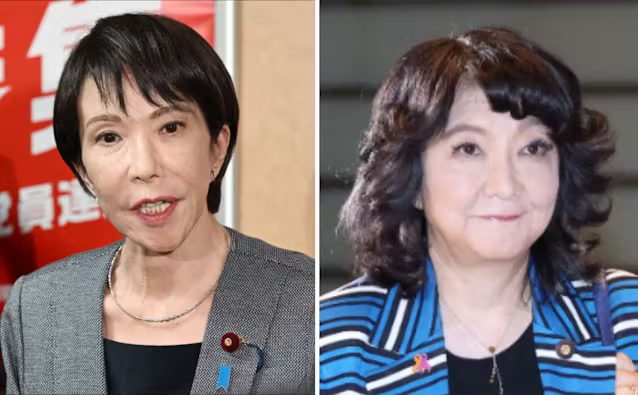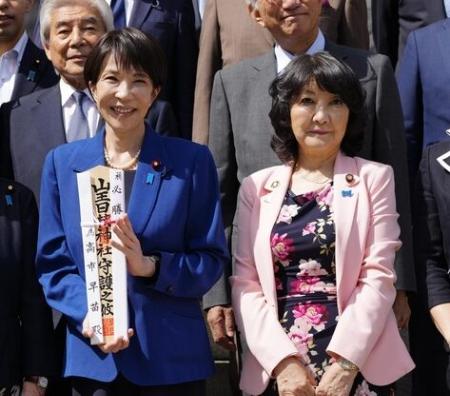In last week’s contribution, I noted that markets have begun to harbor doubts about the administration’s “responsible proactive fiscal policy,” and warned that depending on how Prime Minister Sanae Takaichi responds, “Takaichi risk” could once again come back into focus.
Those concerns deepened last week as media reports repeatedly signaled a larger-than-expected economic package.
Japanese markets briefly slipped into a “triple sell-off,” with the yen weakening, equities retreating, and long-term JGB yields moving higher.
After the 19 November trilateral meeting among Finance Minister Satsuki Katayama, Economic and Fiscal Policy Minister Minoru Kiuchi, and BOJ Governor Kazuo Ueda, Katayama remarked that “there was no specific discussion regarding the exchange rate,” prompting the yen to weaken into the ¥157 range against the dollar.
Subsequently, on 21 November, Katayama stopped short of ruling out the possibility of FX intervention, and later that night New York Fed President John Williams said that “I still see room for a further adjustment in the near term to the target range for the federal-funds rate to move the stance of policy closer to the range of neutral.”
The combination helped bring USD/JPY back into the ¥156 range.
From here, currency market dynamics will turn on two key variables:





